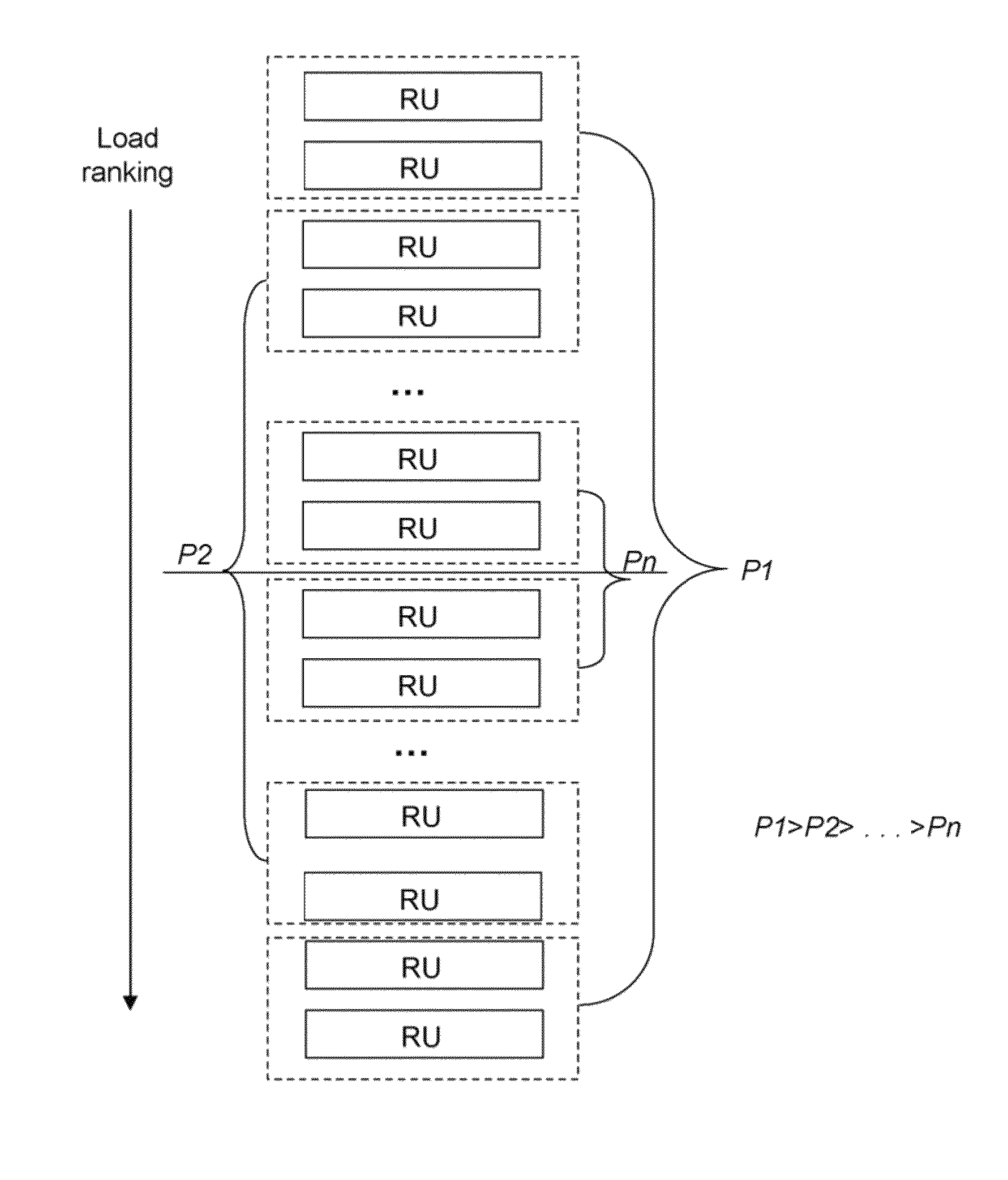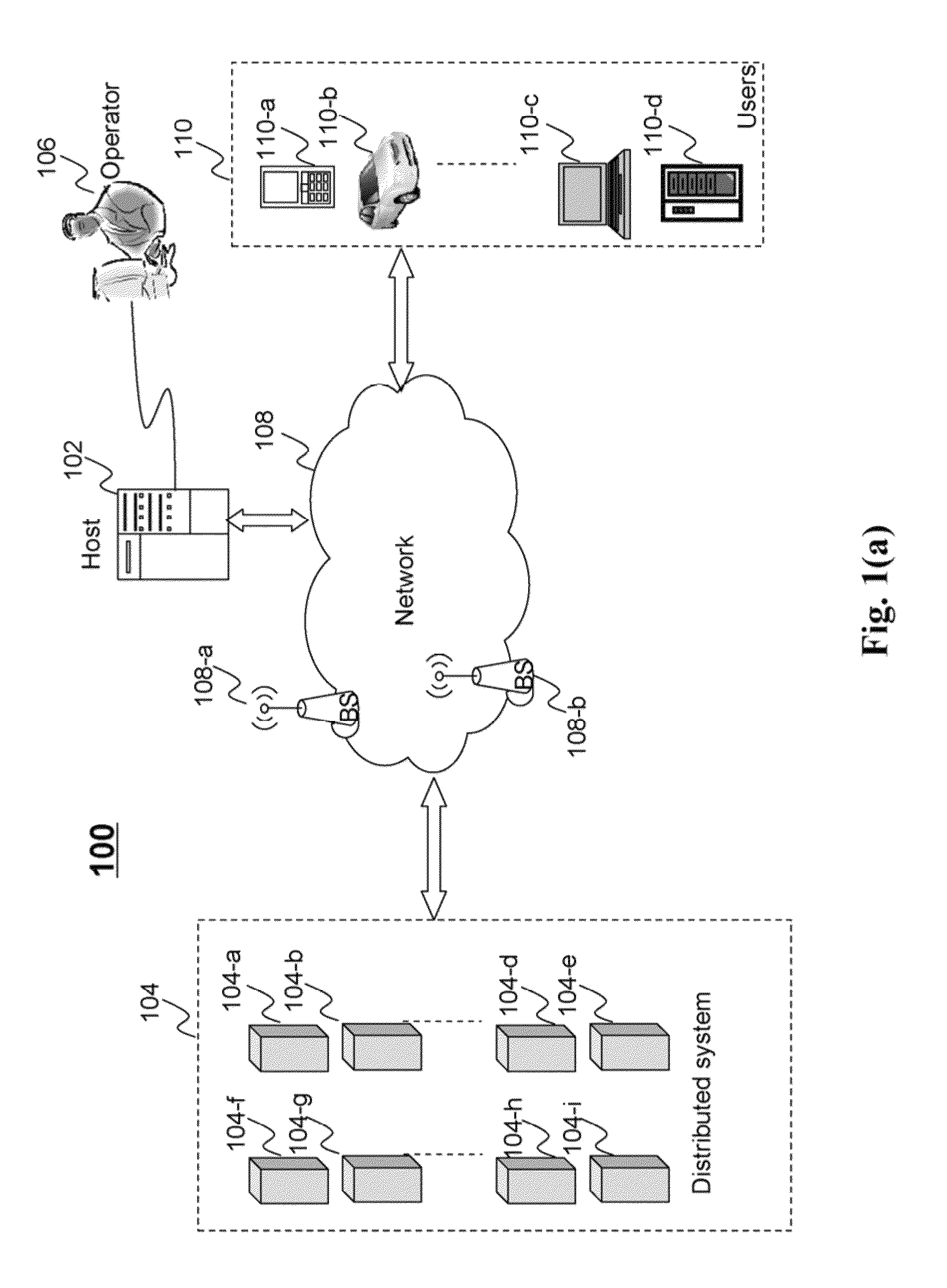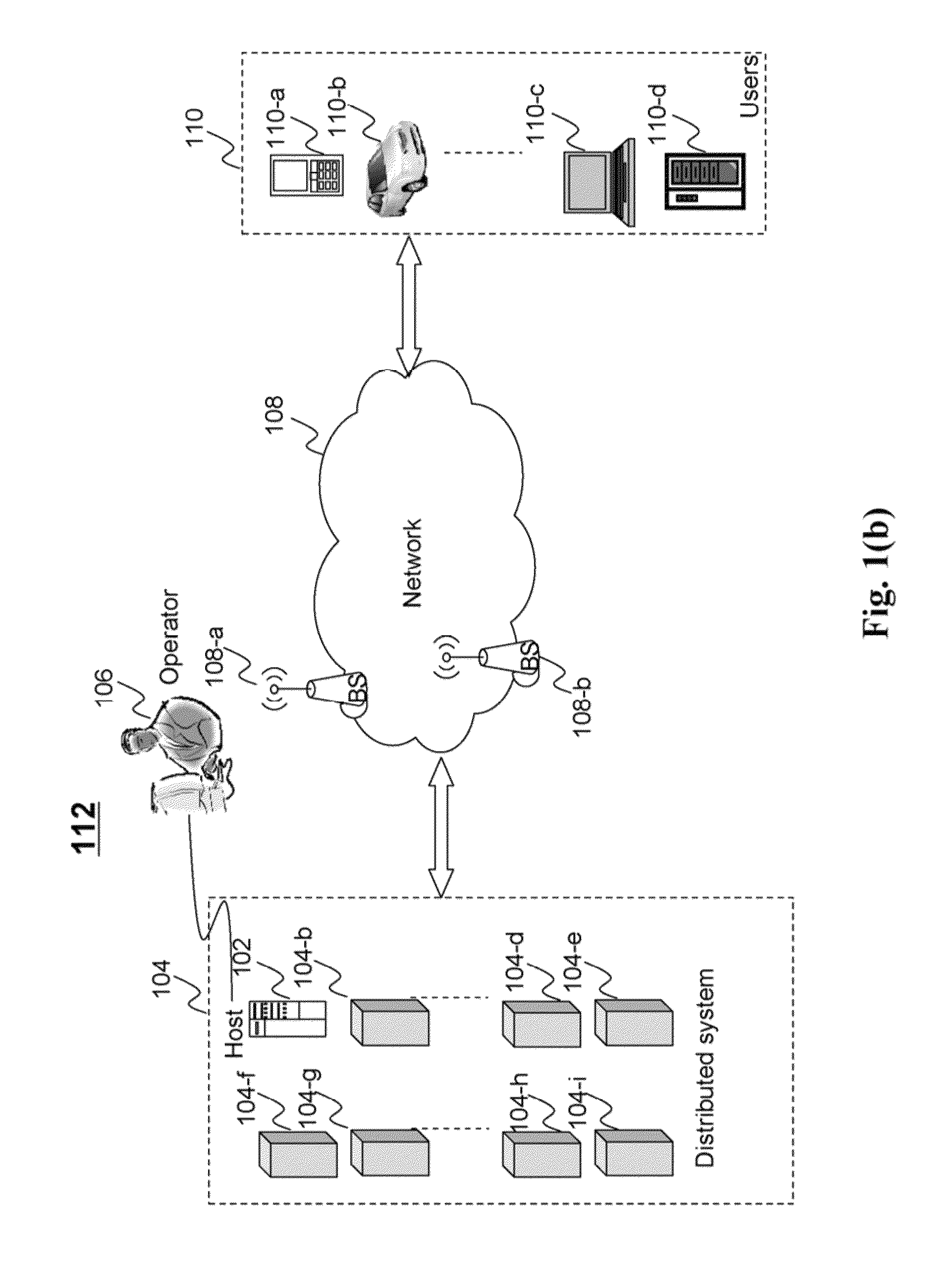Method and system for work load balancing
a work load and work load technology, applied in the field of work load balancing methods, systems and programming, can solve problems such as load imbalance, application-specific deployment, changes, and processing might give rise to load imbalance, and lack of global registration mechanisms
- Summary
- Abstract
- Description
- Claims
- Application Information
AI Technical Summary
Benefits of technology
Problems solved by technology
Method used
Image
Examples
Embodiment Construction
[0027]In the following detailed description, numerous specific details are set forth by way of examples in order to provide a thorough understanding of the relevant teachings. However, it should be apparent to those skilled in the art that the present teachings may be practiced without such details. In other instances, well known methods, procedures, systems, components, and / or circuitry have been described at a relatively high-level, without detail, in order to avoid unnecessarily obscuring aspects of the present teachings.
[0028]The present disclosure describes method, system, and programming aspects of work load balancing in a distributed system at a global level in real-time. By incorporating fuzziness, a more robust and versatile controller is built that can operate on the average more optimally in a larger set of scenarios. The method and system disclosed herein combine the execution of a set of controller rules according to a set of assigned probabilities. In this way, it make...
PUM
 Login to View More
Login to View More Abstract
Description
Claims
Application Information
 Login to View More
Login to View More - R&D
- Intellectual Property
- Life Sciences
- Materials
- Tech Scout
- Unparalleled Data Quality
- Higher Quality Content
- 60% Fewer Hallucinations
Browse by: Latest US Patents, China's latest patents, Technical Efficacy Thesaurus, Application Domain, Technology Topic, Popular Technical Reports.
© 2025 PatSnap. All rights reserved.Legal|Privacy policy|Modern Slavery Act Transparency Statement|Sitemap|About US| Contact US: help@patsnap.com



